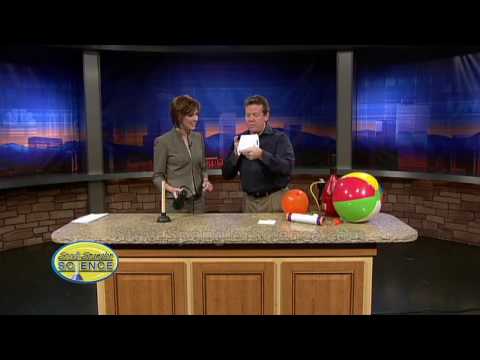We have all experienced wind and, like it or hate it, it affects us. Moving air can jostle your hair about, fly a kit, or, in extreme cases, tear entire buildings from their foundation. Did you know that this moving air actually creates low pressure, though? It’s true. On an exceptionally windy day, you can even see tall buildings bowing towards each other near their tops! We’re going to recreate this phenomenon using ping pong balls in the Ping Pong Pressure experiment. – See more at: http://www.stevespanglerscience.com/lab/experiments/ping-pong-pressure#sthash.HINuLOio.dpuf
Want more experiments like this? Check out http://www.stevespanglerscience.com/product/naked-eggs-and-flying-potatoes
Sick Science™ is a trademark of Steve Spangler, inc.
© 2013 Steve Spangler Science all rights reserved





Leave a Reply